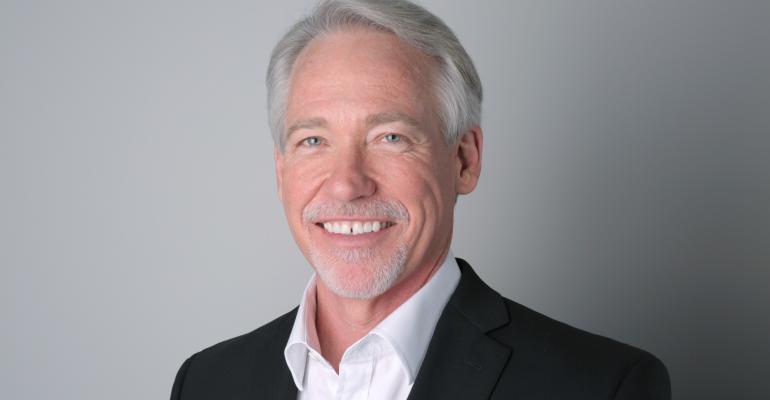The auto industry is rapidly evolving as dealers grapple with increasing competition, margin compression and higher customer expectations. In the face of these challenges, fixed operations provide great potential.
Fixed ops accounted for 49% of dealership gross profits in 2017, according to the NADA’s Annual Dealer Financial Profile research. Yet the Cox Automotive Service Industry Study revealed dealerships received only 33% of all service visits in the U.S., demonstrating a huge opportunity for growth.
Many dealerships, however, have been historically transaction-centric in their service departments, carrying over the focus from the sales department on maximizing a single transaction.
To thrive in fixed operations, dealers must adopt a different and more customer-centric approach by implementing strategies that create trust and long-term loyalty.
Over the past 35 years, I’ve worked with more than 2,000 dealerships across the U.S. to help them take full advantage of their fixed operations.
In my new book, “Fast Break: Creating a Customer-Centric Operating Philosophy for Automotive Service,” I demonstrate through real-case studies how adopting a customer-focused strategy in fixed operations is the key to profitable growth.
So, how can dealers build a customer-centric service department? They need a new operating model – one where all aspects of the business are focused on customer needs.
This requires re-aligning business processes, training, scheduling and marketing. It starts with reshaping the fundamental building blocks of fixed operations: beginning with leadership, then people, culture, capacity, facilities and technology.
Making the Most of Physical Assets
As we know, it costs less to retain a customer than market to a new one, so retention is key. In service, a lack of capacity is the enemy of customer retention. Cox Automotive’s 2018 Service Industry Study found that 86% of service bays are currently utilized for single-shift shops, which may make it challenging for timely appointment-setting. The goal should be to schedule routine appointment requests in 2-3 days.
By proactively monitoring capacity, dealers can develop a strategy to meet client demands, while balancing physical capacity and technician workflow. This analysis can help determine new courses of action, such as adding overtime or weekend hours and deciding whether an additional shift is required.
Dealers also can make their facilities more customer-centric. This doesn’t have to mean a major capital investment. Changes can be as basic as signs clearly labelling the service department and telling how customers should navigate (i.e. should they park or pull in when they enter the service drive?).
It means a comfortable waiting area offering more than coffee and a TV. Some nice additions include free Wi-Fi, recliners, a children’s play area and even gourmet doughnuts.
Leveraging Technology to Improve Customer Interactions
Technology is a building block for enhanced customer experiences. Integrate technology into service lanes and bays as well as consumer-facing services on the website.
Enabling online scheduling for service appointments is an easy first step. This function is sorely underused because it’s underpromoted. According to a 2016 Cox Automotive Maintenance & Repair Study, 45% of consumers didn’t use online scheduling because they weren’t aware their dealerships offered the option to book a service appointment online.
Arming welcome staff with tablets or iPads to digitally check in customers speeds the process, minimizes paperwork and captures customer data for targeted-email marketing.
Using new technology to assist with transportation to and from dealerships for service can reduce customer inconvenience. Many dealers are cutting costs and improving customer service by eliminating slow and costly shuttle services, and instead emailing coupons for Uber or Lyft.
Creating a Customer-Focused Culture
The physical assets and supporting technology, though, are only part of the answer. A corresponding change in culture, investment in people and clear backing from leadership also are critical. This begins with communicating to dealership staff a new customer-centric approach. It involves hiring people that embrace this new approach and retaining employees already committed.
The change requires training employees on new ways – whether low-tech or high-tech – to put the customer at the center of every process. Team members should have incentives, both verbal and monetary, that encourage behaviors supporting key performance indicators such as customer retention, sales-to-service handoffs and service turnaround times.
Ultimately, dealers must examine their own leadership approach, leading by example and demonstrating a customer commitment.
If dealers seize this opportunity, a more sustainable business model awaits. They can shift from playing defense against the challenges of today’s auto market and fast break into a new model that offers lifelong customer relationships delivering an increased share of service visits and repeat vehicle sales over the long-haul.
Jim Roche is vice president and fixed operations subject matter expert at Xtime, a company that sells fixed-ops software such as online scheduling capabilities. He is the author of “Fast Lane: How to Accelerate Service Loyalty and Unlock Its Profit-Making Potential” and “Fast Break: Creating A Customer-Centric Operating Philosophy for Automotive Service.”





